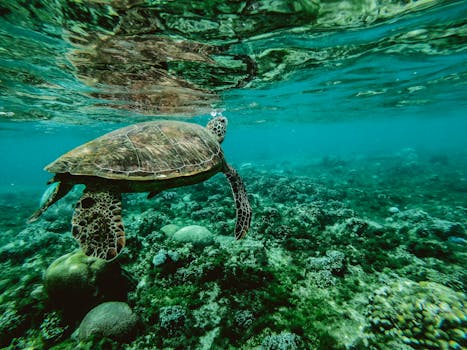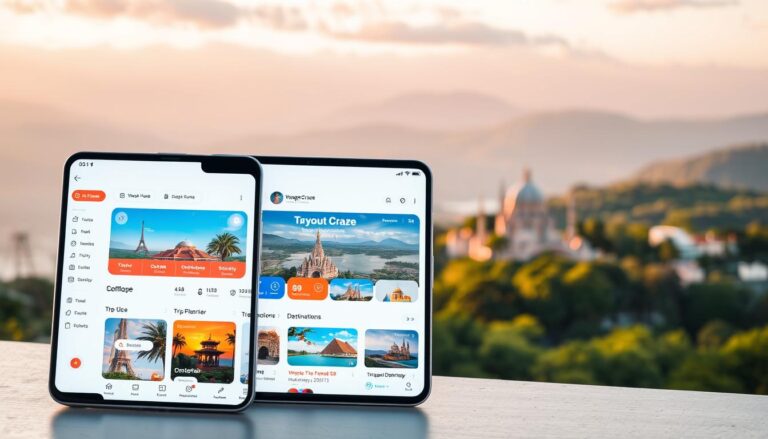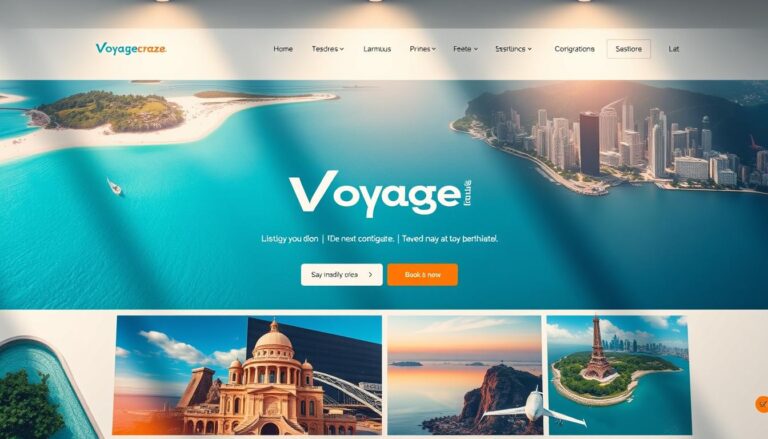-
Table of Contents
- Microplastic-Free Beaches: 2025’s Pristine Coastal Havens
- Introduction
- The Growing Concern of Microplastics
- Impact on Marine Life
- Human Health Concerns
- Efforts to Combat Microplastic Pollution
- Government Regulations
- Innovative Solutions
- The Role of Tourism in Achieving Microplastic-Free Beaches
- Responsible Tourism Practices
- Eco-Friendly Accommodations
- Case Studies: Successful Initiatives
- Bali’s Plastic Ban
- Hawaii’s Beach Clean-Up Programs
- The Future of Microplastic-Free Beaches
- Technological Advancements
- Community Involvement
- Conclusion
Microplastic-Free Beaches: 2025’s Pristine Coastal Havens
Introduction
As the world becomes increasingly aware of the environmental impact of microplastics, the vision of microplastic-free beaches by 2025 is gaining momentum. These pristine coastal havens promise not only a cleaner environment but also a more enjoyable experience for travelers and nature enthusiasts. In this article, we delve into the journey towards achieving microplastic-free beaches, the challenges faced, and the potential benefits for both the environment and tourism.
The Growing Concern of Microplastics
Microplastics, tiny plastic particles less than five millimeters in size, have become a pervasive environmental issue. They originate from a variety of sources, including the breakdown of larger plastic debris, microbeads in personal care products, and synthetic fibers from clothing. These particles are not only found in oceans but also in the sand of our beloved beaches.
Research has shown that microplastics pose a significant threat to marine life, as they can be ingested by fish and other sea creatures, leading to health issues and even death. Moreover, these particles can enter the human food chain, raising concerns about their impact on human health.
Impact on Marine Life
Microplastics have been found in the stomachs of various marine species, from tiny plankton to large whales. This ingestion can lead to malnutrition, reproductive issues, and even death. The presence of microplastics in the ocean also affects the overall health of marine ecosystems, disrupting food chains and biodiversity.
Human Health Concerns
The potential impact of microplastics on human health is still being studied, but there is growing concern about their presence in seafood and drinking water. Some studies suggest that microplastics can carry harmful chemicals and pathogens, which could pose risks to human health when ingested.
Efforts to Combat Microplastic Pollution
In response to the growing concern over microplastics, various initiatives have been launched to address this issue. Governments, environmental organizations, and businesses are working together to reduce plastic waste and promote sustainable practices.
Government Regulations
Many countries have implemented regulations to reduce plastic waste, such as banning single-use plastics and promoting recycling programs. These measures aim to reduce the amount of plastic entering the environment and, consequently, the formation of microplastics.
Innovative Solutions
Innovative solutions are being developed to tackle microplastic pollution. For example, researchers are exploring the use of biodegradable materials as alternatives to traditional plastics. Additionally, technologies are being developed to filter microplastics from wastewater before it reaches the ocean.
The Role of Tourism in Achieving Microplastic-Free Beaches
Tourism plays a significant role in both contributing to and combating microplastic pollution. As travelers flock to beaches around the world, they can either exacerbate the problem or become part of the solution.
Responsible Tourism Practices
Travelers can adopt responsible tourism practices to minimize their impact on the environment. This includes reducing plastic use, participating in beach clean-up activities, and supporting eco-friendly businesses. By making conscious choices, tourists can help preserve the beauty of beaches for future generations.
Eco-Friendly Accommodations
Many hotels and resorts are adopting sustainable practices to reduce their environmental footprint. This includes using biodegradable products, implementing recycling programs, and educating guests about the importance of protecting the environment. Travelers can support these efforts by choosing eco-friendly accommodations during their trips.
Case Studies: Successful Initiatives
Several regions around the world have successfully implemented initiatives to reduce microplastic pollution and promote sustainable tourism. These case studies serve as inspiration for other areas looking to achieve microplastic-free beaches.
Bali’s Plastic Ban
Bali, a popular tourist destination, has taken significant steps to reduce plastic waste. In 2019, the island implemented a ban on single-use plastics, including bags, straws, and Styrofoam. This initiative has led to a noticeable reduction in plastic pollution on Bali’s beaches, making them cleaner and more enjoyable for visitors.
Hawaii’s Beach Clean-Up Programs
Hawaii has long been a leader in environmental conservation, and its beach clean-up programs are no exception. Local organizations and volunteers regularly organize clean-up events to remove plastic debris from the state’s beaches. These efforts have not only improved the appearance of Hawaii’s beaches but also raised awareness about the importance of protecting the environment.
The Future of Microplastic-Free Beaches
As we look towards 2025, the vision of microplastic-free beaches is becoming increasingly attainable. With continued efforts from governments, businesses, and individuals, we can create pristine coastal havens that benefit both the environment and tourism.
Technological Advancements
Technological advancements will play a crucial role in achieving microplastic-free beaches. Innovations in waste management, biodegradable materials, and water filtration systems will help reduce the amount of plastic entering the environment and remove existing microplastics from beaches and oceans.
Community Involvement
Community involvement is essential for the success of microplastic-free initiatives. By engaging local communities in conservation efforts and educating them about the importance of reducing plastic waste, we can create a collective movement towards cleaner beaches.
Conclusion
In conclusion, the journey towards microplastic-free beaches by 2025 is a collaborative effort that requires the participation of governments, businesses, and individuals. By adopting sustainable practices, supporting eco-friendly initiatives, and raising awareness about the impact of microplastics, we can create pristine coastal havens that benefit both the environment and tourism. As travelers, we have the power to make a difference by choosing responsible tourism practices and supporting efforts to protect our planet’s beautiful beaches.
For more information on sustainable travel and eco-friendly destinations, visit our magazine or explore our top destinations for 2025.







